IN PHOTOS: Strong earthquake rocks Thai capital of Bangkok
A powerful 7.7 magnitude earthquake struck Thailand and neighbouring Myanmar midday on Friday, causing widespread panic and structural damage. A high-rise building under construction in Bangkok collapsed due to the tremors, with authorities yet to confirm casualties. (PICS/AFP)
Updated on : 28 March,2025 02:51 PM IST | Compiled by : Anisha Shrivastava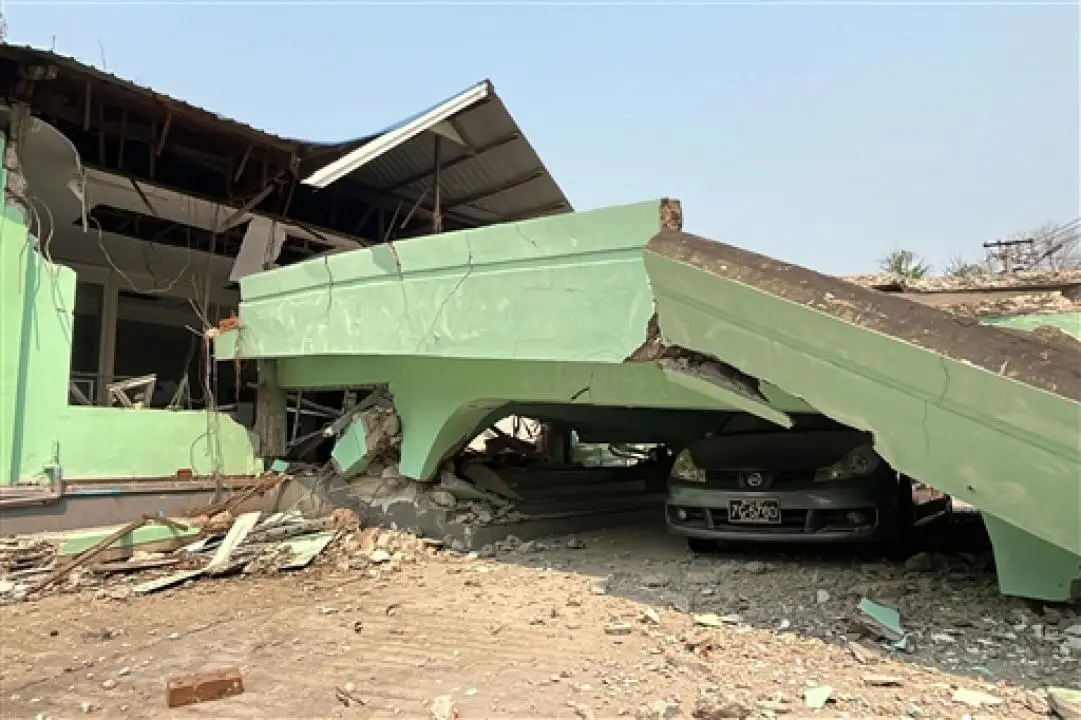
(PICS/AFP)
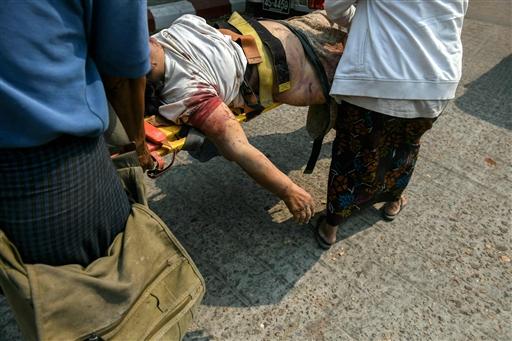
A dramatic video circulating online captured the moment the building crumbled into a cloud of dust as bystanders screamed and ran for safety. Police confirmed they were responding to the collapse near Bangkok’s Chatuchak Market but had no immediate details on the number of workers present at the site.
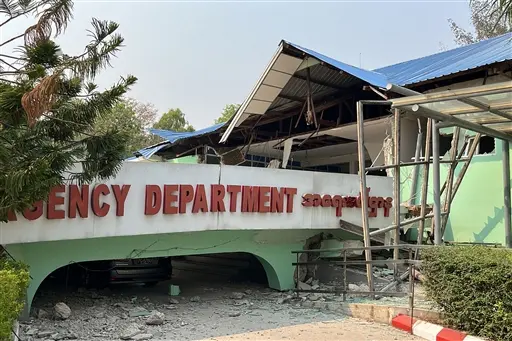
A strong 6.4 magnitude aftershock followed the main tremor, prompting authorities to caution residents against re-entering buildings. Tourists and locals alike fled shopping malls and high-rise structures, with many seeking refuge in open spaces such as Benjasiri Park.

Eyewitnesses described chaotic scenes in malls, with people running in panic, escalators jammed with individuals moving in the wrong direction, and loud crashing sounds. The US Geological Survey and Germany's GFZ Centre for Geosciences reported that the earthquake’s epicentre was in Myanmar at a shallow depth of 10 kilometres.
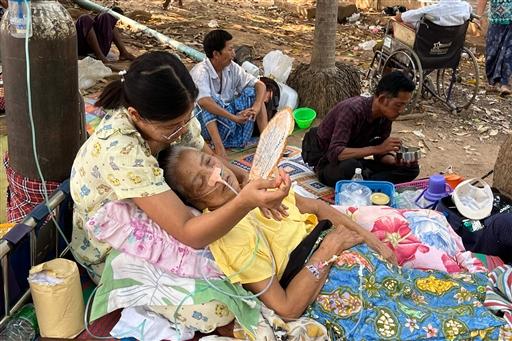
In Myanmar’s Mandalay, historic sites, including the former royal palace, suffered damage, with images showing crumbling structures. A 90-year-old bridge in the Sagaing region collapsed, and sections of the Mandalay-Yangon highway were severely damaged.

In Naypyitaw, Myanmar’s capital, religious shrines were destroyed, and several homes suffered structural damage. Residents in Yangon rushed out of their homes, though there were no immediate reports of casualties.
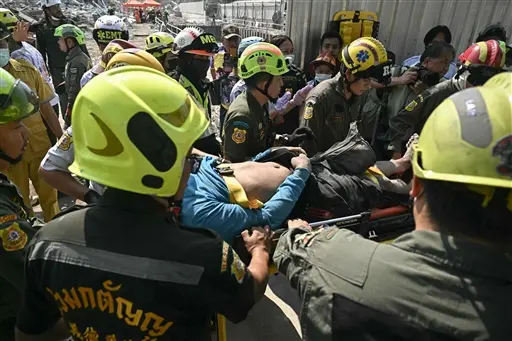
In Bangkok, alarms sounded across high-rise condominiums and hotels, leading to mass evacuations via staircases. Water from rooftop pools spilled over as buildings swayed, and debris fell from several structures across the city.
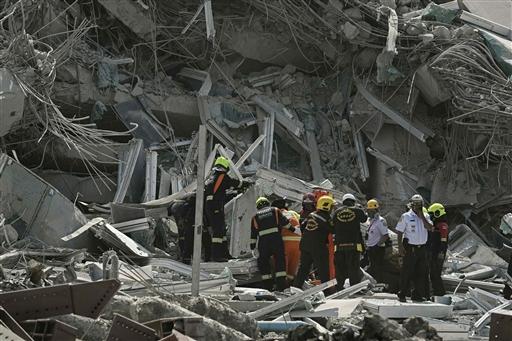
Thailand’s Department of Disaster Prevention confirmed that tremors were felt in nearly all regions of the country. Prime Minister Paetongtarn Shinawatra called an emergency meeting to assess the impact of the quake and coordinate response efforts.





